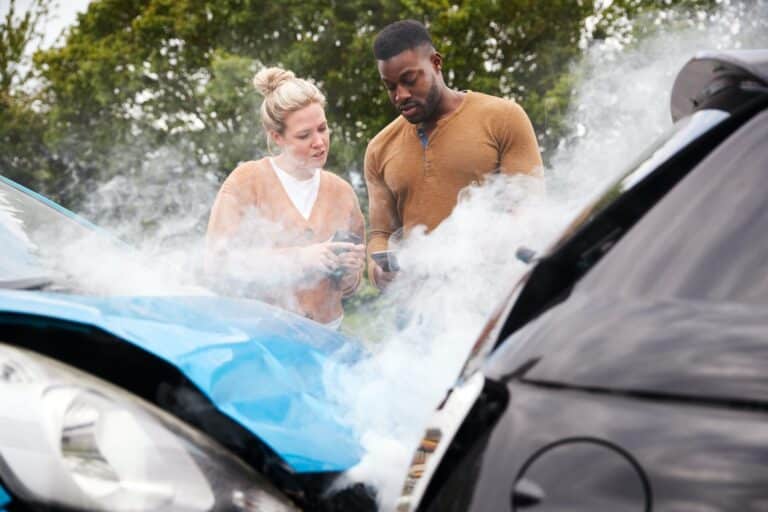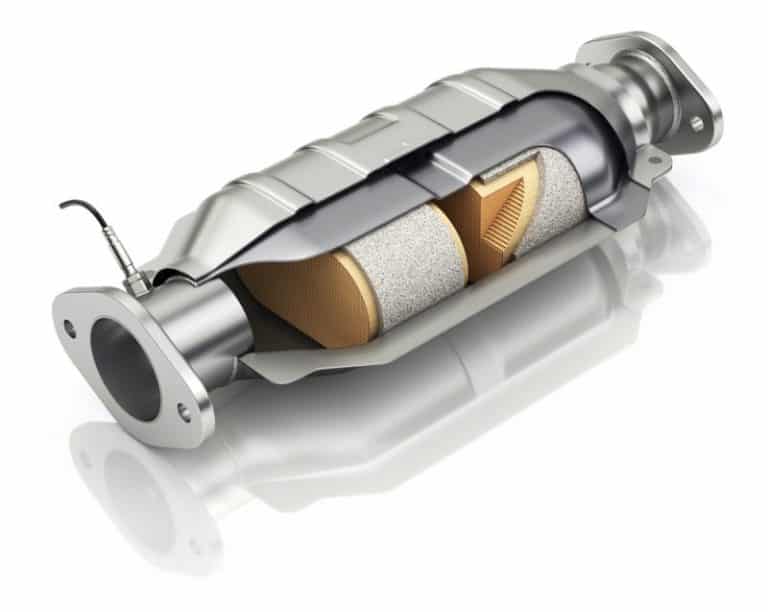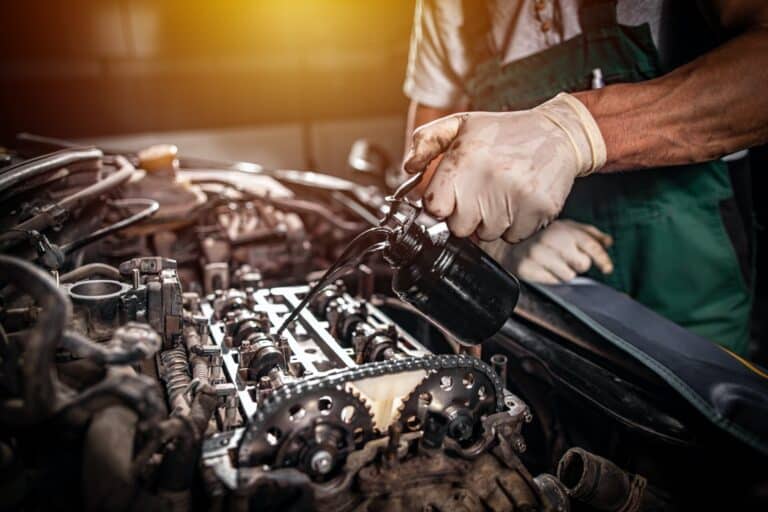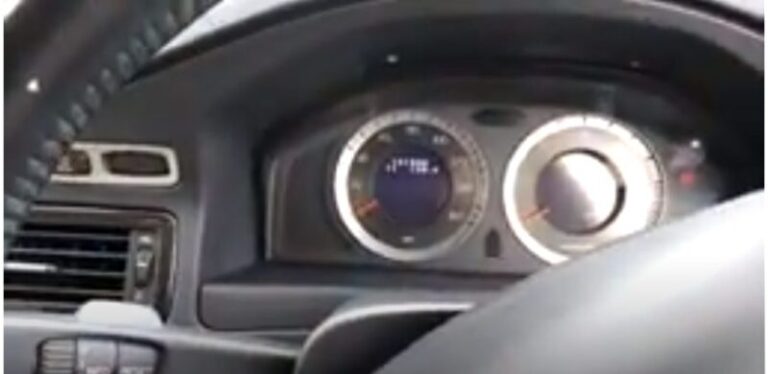Northstar Valve Cover Gasket Replacement (Beginners Guide)
Car maintenance is a priority for all vehicles for its reliability and prolonged performance.
Among several vehicle components to watch out for is the valve cover gasket.
A valve gasket leak can be damaging to a vehicle’s engine.
In particular, the Northstar valve cover gasket suffers from oil leaks from the case seal joints.
For this reason, any issues relating to the Northstar valve cover gasket require urgent attention.
Oil leaks in automobiles are often noticed from the valve cover gasket of vehicles and should be treated urgently. These oil leaks can be very disastrous as they may end up damaging the engine. Hence, the need for cover gasket replacement, especially when leaks produce oil streams rapidly.
What Is a Northstar Valve Cover Gasket?
The Northstar valve cover gasket is a metallic plate that covers the top of a vehicle’s engine.
Its gasket attaches the cover directly to the vehicle’s engine, which comes in rubber or cork materials.
The cover gasket acts as the seal that prevents oil leaks from the engine cylinder head.
As mentioned, the job of the valve cover gasket includes giving protection and preventing oil leaks.
Nonetheless, it is very common to experience leaks from the cover gasket joints. In addition, there are cases where the gasket within the valve cover may break over time.
Sometimes, the gasket may crack as time goes by due to changes in the engine’s temperature.
The malfunctioning of the valve covers gasket surfaces in the form of oil leaks and then burning smells from the engine.
As you must have known, the presence of oil in the wrong places in your vehicle can be disastrous.
That is why replacing the valve cover gasket is paramount when the oil leak increases.
Amazingly, based on various valve cover gasket designs, following the instructions manual’s basic removal steps will help solve many problems.
Or, you can decide to visit a reputable shop for valve cover gasket replacement.
Can You Replace a Valve Cover Gasket Yourself?
You can replace a valve cover gasket yourself with reduced cost and without much stress.
Although it can be labor-intensive, the entire replacement job will take a day or less for someone with lots of experience.
However, it is not as easy as you think, especially if you don’t have any experience in technical vehicle maintenance.
You are most likely to encounter valve cover gasket issues for every vehicle engine, especially for Northstar’s infamous engines.
As a result, you will likely experience valve cover leaks, seal oil pan leaks, crankcase seal oil leaks, etc.
It simply means that no vehicle valve cover gasket can endure for the vehicle’s lifetime.
Therefore, since every gasket sealing system is flawed, it is necessary to consult professionals for valve gasket replacement.
The cost will be expensive, but it is worth it, especially if you haven’t got an idea about the whole process.
Referring to an auto service shop for such jobs is the best choice for every car owner.
Many car owners prefer to seal the leaks personally, but it isn’t always the wise choice.
The repair cost rapidly adds up, which normally is cash draining when repairs are always done separately.
Thus, I will always recommend a replacement of the valve cover gasket when the need be.
Replacing the vehicle valve cover gasket yourself is very cost-effective, although the results may not be the most efficient.
However, here are some steps to replace the valve cover gasket in most vehicle models. 5 Signs Of A Blown Head Gasket Jeep Wrangle (5 Causes)
Therefore, if you have to take on the task yourself, endeavor to strictly follow all the steps without missing any.
#1. Steps To Replace The Valve Cover Gasket.
Removing and replacing the valve cover gasket is pretty much a basic practice.
However, do not be surprised that the steps below do not apply to your vehicle model, as the steps vary from vehicle to vehicle.
- So first, you should disconnect the negative battery cable. Then, remove the spark plug brackets and PVC hoses and gently loosen the valve cover bolts.
- Try to remove the rear valve cover gently and ensure nothing drops into the engine as that will be extra serious work. Before removal, you can even use a mallet hammer to weaken the rear valve cover’s grip.
- Within the rear valve cover is the oil pan gasket. Carefully remove the old gasket and then replace the old one with the available new one. Every bit of caution must be taken, especially when there’s a need to scrap the gasket not to damage the valve cover.
- You can use silicone on the valve cover if the vehicle’s instruction manual allows you to. Remember to clean all oil off the valve before applying the silicone and only use it after everything dries off.
- Install the rear main seal gasket cover back to its position and tighten all the bolts accordingly. However, do not over-tighten the bolts, and they can sometimes crack the valve cover. Plus, tightening the bolts strongly doesn’t stop any oil leaks.
- You can now finally install every other thing you removed in the first place, like the spark plug bracket, PVC hose, the battery cables, and all that.
With the above steps, you should be able to replace the valve cover gasket for any vehicle model.
However, you may notice a little variation in steps as one vehicle engine model varies from another.
Problems With Valve Cover Gasket Replacement
Several problems come along with the valve cover gasket replacement that can sum up as increased expenditure.
Changing the valve cover gasket comes with many expenses, especially when handled by the vehicle dealership.
It would be best if you also remembered that replacing the valve cover gasket directly means replacing other components relating to the valve cover gasket.
Aside from the general cost of a cover gasket replacement, the labor involved is something worth mentioning.
Extreme caution, care, and technical experience are required to replace the valve cover gasket efficiently.
Any slight mistake can lead to overwhelming disasters since the valve cover gasket is part of the engine’s components.
As mentioned above, valve cover gasket replacement comes with many complications, especially with an error during the replacement process. Y
ou will also agree that there’s a significant loss in the vehicle’s power as the engine performance reduces.
It may just be a coincidence or something else, but the engine’s performance will always depreciate with constant repairs/replacement.
Furthermore, even after the valve cover gasket replacement, you may also experience other problems relating to the valve cover gasket.
For example, the valve cover may crack due to over-tightened bolts, which leads to further oil leaks.
You may also discover that the vehicle often develops more engine-related problems after the valve cover gasket replacement.
Nevertheless, never drive your vehicle continually with an oil leak from any component of the vehicle’s engine.
The harm it can cause will certainly be unbearable for you. So, always repair or replace the valve cover gasket if need be; all the problems mentioned above are only potential possibilities.
Also Read: How Do I Know If My Jeep Head Gasket Is Blown? (Let’s See)
Conclusion
Every locomotive engine requires oil for lubrication and optimum round performance.
But oil leaks in vehicles are very common, especially with valve cover gaskets, as they can’t last the vehicle’s lifetime in question.
Hence, the need to always take caution to either repair or replace the valve cover gasket, whatever the case may be.






